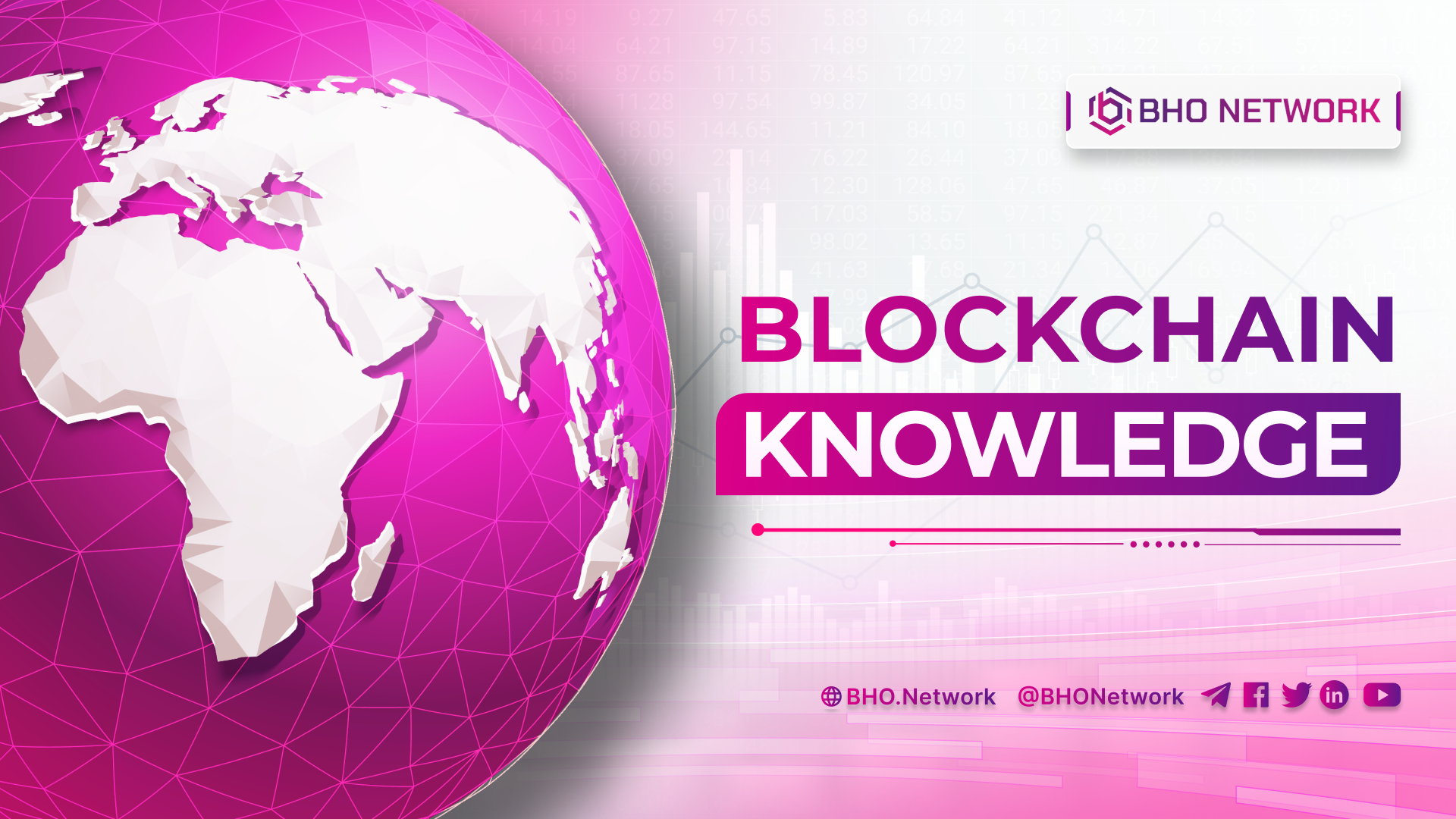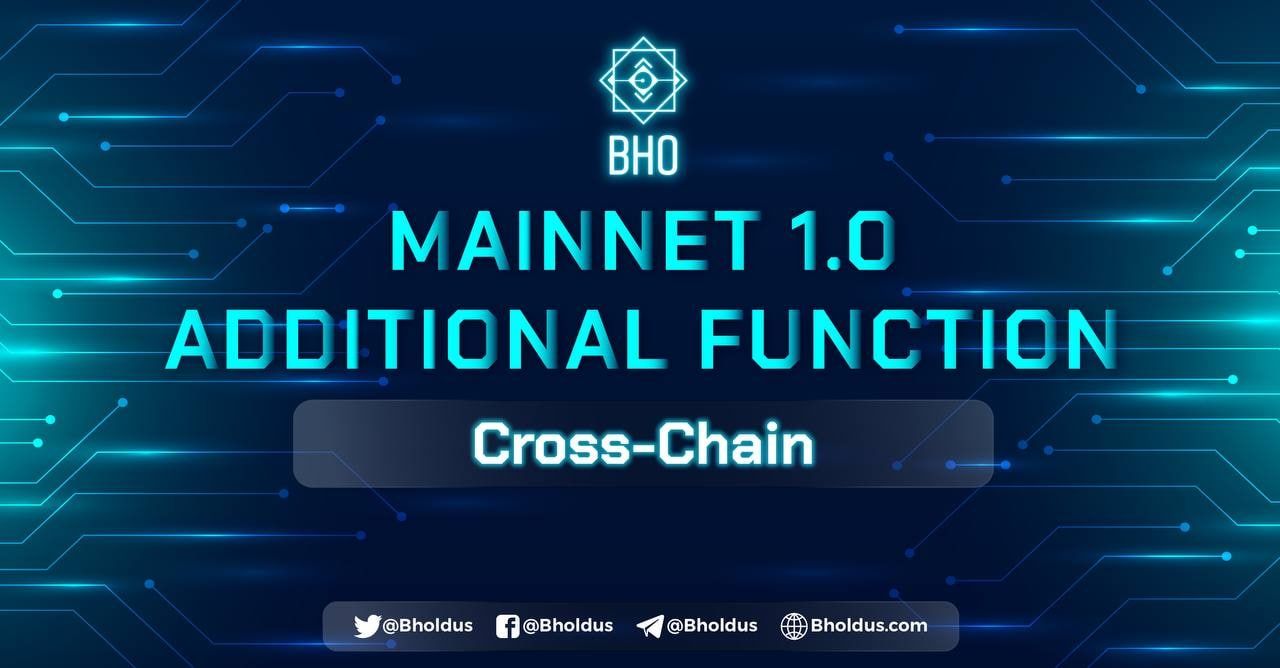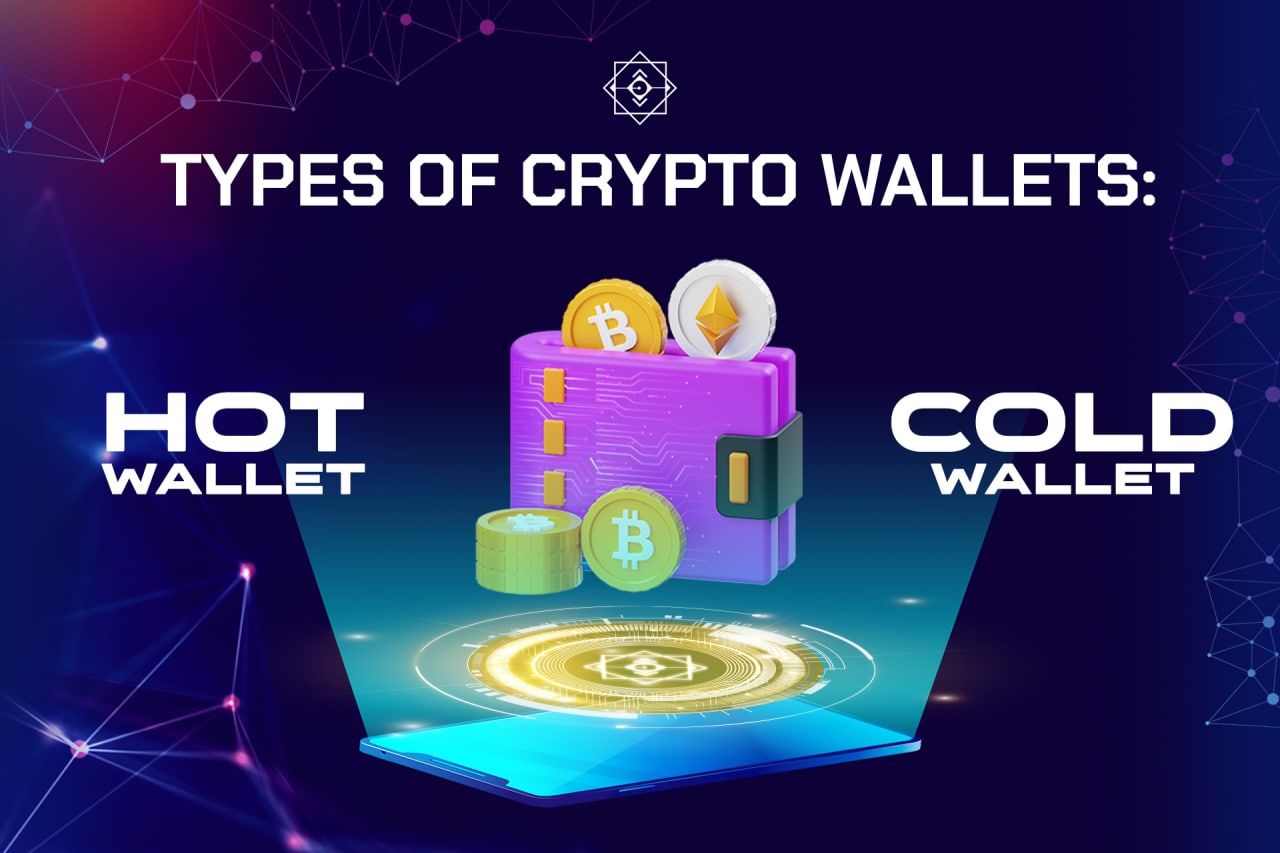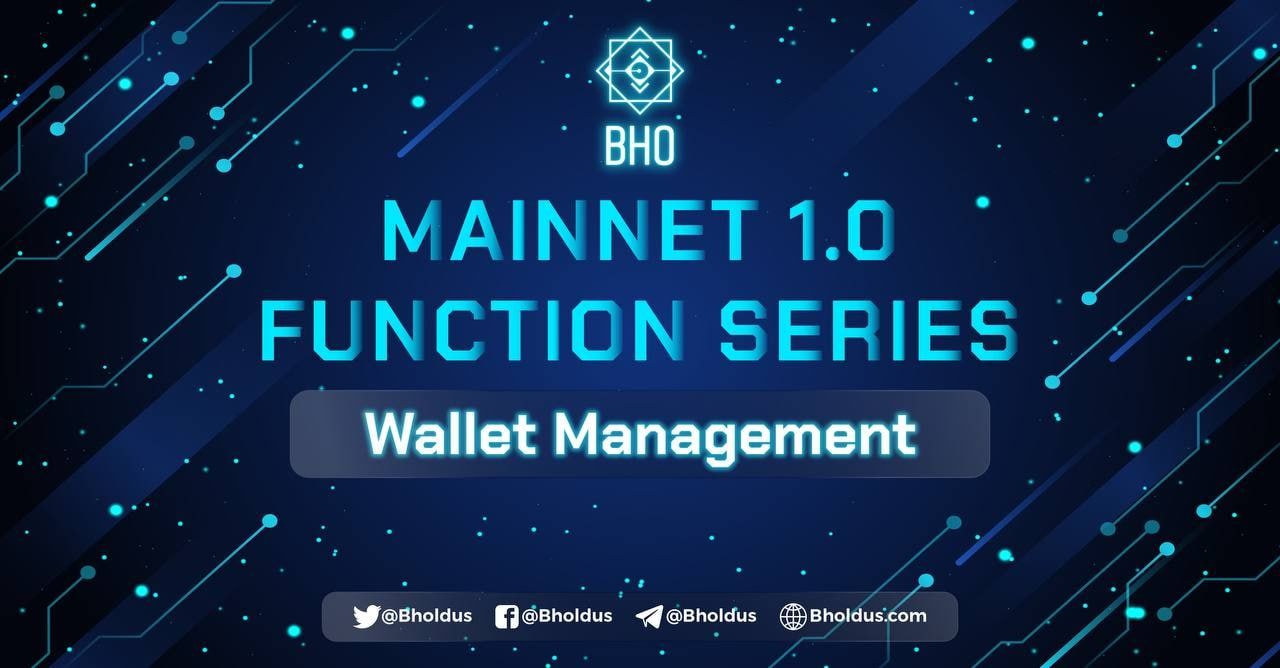- Blog
- Crypto News
- What is Sidechain? Learn how Sidechain works
What is Sidechain? Learn how Sidechain works
- 1. What is Sidechain?
- 2. Structure of Sidechain
- 3. How does Sidechain work?
- 3.1 Security and consensus
- 3.2 Interoperability
- 3.3 Execution
- 4. Sidechain Highlights and Limitations
- 4.1 Advantages
- 4.2 Limitations
- 5. Why use Sidechain
- 6. Some examples of Sidechain
- 6.1 Polygon (MATIC)
- 6.2 Rootstock (RSK)
- 7. Several projects
- 7.1 Alpha Alpha
- 7.2 Plasma
- 7.3 Rootstock
- 7.4 POA
- 7.5 Liquid
- 8. Some other uses of Sidechain
What is Sidechain? Perhaps this is a fairly new term for investors in the derivatives market. Sidechain is one of the popular ways to scale for Ethereum. To learn more about this platform soon. Let's learn with BHO Network how it works and some of the main advantages and disadvantages of the application in the article below.
1. What is Sidechain?
Sidechain is one of the separate Blockchains and runs in parallel and works separately from the Ethereum Mainnet.models Sidechains and the platform's Block parameters to process transactions more quickly and efficiently. In addition, the application usually provides compatibility with the Ethereum Mainnet via a two-way Bridge.
On the market today, there are some Sidechains major BNB Smart chain, Avalanche C-Chain, Polygon PoS Chain, Fantom,. ..
2. Structure of Sidechain
Sidechain works like small and independent Blockchains. This application is different from the Mainchains because it tends to be more centralized, smaller and faster. The primary function of the platform is to process and validate the data for the main chain or add some parts, for example, running smart contracts for some Blockchain is impossible.
To be able to do this, Sidechain will communicate with the main chain in several ways as follows:
- First: It is the use of two-way pegs, creating Sidechains . The application has two parts and uses simple payment verification (SPV) to guarantee ownership of coins:
- Locking Up: This pin will be used to move coins or tokens from the leading chains to Sidechain. To do this, the tokens will be locked in an output address to avoid the presence of free tokens on the two chains.
After the Tokens are securely locked to prevent these Tokens from being consumed elsewhere, the equivalent amount will be minted on the Sidechain and only consumed here. The funds are then sent to a wallet or Smart Contract on the platform and coordinated by a machine or code instead of a human. To obtain the coins, some specific actions must be performed.
-
Releasing: This latch is applied when an individual wants to get coins or Tokens from the Sidechain and unlock it in the main chain. This is a more complex process than locking. To successfully obtain these, the Platform Representative Tokens must be destroyed, thus freeing some of the Tokens on the main chain and avoiding duplicates.
-
Second: It is the emergence of a Federation, although this will not be present in all sub-chains: The
- The Federation is seen as the middleman responsible for locking. and release functions between Sidechains and Mainchains. Platforms are sometimes seen as a danger to centralization. However, the application helps maintain the integrity of cross-chain transactions. Some are machine-based, meaning the application will be generated from code, while a representative organization of Sidechain creates others.
-
Federation will ensure that the Tokens represented are correctly minted and match the Tokens locked on the main chain before allowing any transaction or the issuance of any Tokens from one chain to another.
The link will block the transaction if there is any difference between the values. This means that Sidechain will not hold more value than Mainchain.
They are using a Sidechain to process transactions and verify data. The scalability of the main chain is improved and transactions are processed more quickly. Because of this, users will often have to transfer money to the Sidechain to complete tasks or run Smart Contracts faster, then the application will bring that money back to the main chain.
3. How does Sidechain work?
As one of the Blockchain works separately, then does the Sidechain work? To better understand, please also BHO Network learn in the information below.
3.1 Security and consensus
Sidechain is operated on the security assumption that “n Validators in m Validators” must work honestly. Besides, Sidechains also often combine with their incentive or punishment mechanisms to minimize fraud and Toxic behaviour on social networks. Some popular consensus mechanisms used by Sidechains are DPoS, PoS, PoA,...
-
Proof of Authority (PoA): PoA is an acronym for Proof of Authority. This is a PoS-inspired consensus (introduced below). In it, the application will use an algorithm to enhance the value of the identity and reputation of the participants, not based on the Token values that the players hold.
Validator Nodes in the network will be selected, what users will stake is their reputation for having the right to validate transactions and create new Blocks.
Like Delegated Proof of Stake (DPoS), PoA has a limited number of Validator Nodes, usually below 25 Validators. This makes it possible for blockchains to use PoA consensus and to be easily scalable. Some famous Blockchains that use PoA include BNB Smart Chain, Ronin,...
- Proof of Stake (PoS): Nodes in the Blockchain are required to Staking a predetermined amount of Native Tokens on the network. for a chance to become a Validator. Validators will be primarily responsible for validating some transactions and arranging them in new blocks.
Instead, participants will receive rewards for the production of new blocks and the carrier's transaction fees. In some cases where Validator Nodes are found to be fraudulent, Native Tokens used in the network will be Slashed.
PoS has a relatively large number of Validator Nodes, because to run Node participants only need to Staking a minimum amount of Tokens (with ETH Beacon Chain with 32 ETH). Currently, Ethereum's Beacon Chain has more than 350,000 Nodes in operation.
- Delegated Proof of Stake (DPoS): DPoS is an acronym for Delegated Proof of Stake. This is the consensus algorithm used in many Blockchains today. Token holders will choose a number of professional Nodes to represent in the operation of the network. Instead, Token Holder will be shared a part of the Reward for the work of ensuring network security.
DPoS has a limited number of Validator Nodes, usually ranging from a few dozen to two hundred. It is this that helps Blockchains using DPoS to be easily scalable.
3.2 Interoperability
As usual, Sidechains will provide the ability to interact with the Ethereum Mainnet through a 2-way Bridge. The two main designs used are MPCs and Light Client And Relays. Applications will have different construction difficulty, MPCs will be easier to build but will have less security than Bridges built on Light Client And Realay.
3.3 Execution
Execution is one of the unique features of Sidechains. This tool will replace creating your programming languages or virtual machines. Sidechains existing programming language Solidity and Ethereum's virtual machine type, EVM.
This has helped the Sidechains often have a high degree of compatibility with the Ethereum Mainnet. Applications on the Ethereum Mainnet can easily move across sidechains more quickly.
Read more: What is Sharding? Sharding's potential challenges and risks
4. Sidechain Highlights and Limitations
So what makes Sidechain stand out? What will be the remaining limitations of Sidechain? To better understand this platform, please refer to the information below.
4.1 Advantages
Sidechain has many outstanding advantages. It is these advantages that make the platform attract significant attention from investors. Specifically as follows:
-
High scalability: transactions on the Sidechain can help reduce the computational burden and congestion of the Mainchain. At the same time, this allows participants to execute trades faster and more efficiently, while maintaining the integrity of the main chain.
-
Many opportunities to test and upgrade: With large Blockchains, owning many Nodes and cumbersome structures, it will be challenging to try or upgrading. Therefore, Sidechains will be an excellent solution to deploy new ideas; if there is a failure, it will not affect the Mainchain too much.
-
Diversification: More users can access Blockchain technology by transferring assets between Sidechain and Mainchain. Programmers can deploy their projects on Sidechain to evaluate Mainchain's cost and transaction speed.
4.2 Limitations
Besides the advantages, Sidechain has some disadvantages as follows:
-
Poor security: For Sidechains , attacks of up to 51% are possible. by purchasing enough equipment (with PoW mechanism). Or enough assets to claim large stakes (with PoS mechanism). But, the application can refuse to accept any untrusted Node, which would be contrary to the nature of Blockchain as open source.
-
Difficulty in trading: In addition to the great benefits that Sidechain brings, there will also be cases where the fees on Sidechain are pretty high, making participants uncomfortable when trading. The transfer of assets between Blockchains will also cause difficulties for users when they need to use assets in an urgent time.
5. Why use Sidechain
Why use Sidechain? The benefits of Sidechain? What Sidechain was born to help Blockchain solve parts of the work that previous platforms could not do?
For example, Bitcoin, while the Blockchain is decentralized and very secure, it is not the best Blockchain in terms of throughput. Besides, the long waiting time and the increased fee when congested network is a big minus point for users. If it is only used for small payments like buying a glass of water, the speed of Bitcoin will not be able to meet the convenience and immediate needs of users.
As introduced, Sidechain works like a separate Blockchain, so the same rules will not bind the platform. Developers can add upgrades that don't exist on the main chain and create larger blocks and make transaction execution fast.
The unique feature is that even if Sidechain has severe errors, the application still does not affect the underlying chain. This will allow the product to be used as a platform for testing and implementing features that do not require consensus from most network providers.
6. Some examples of Sidechain
To better understand how Sidechain, you can refer to the following examples.
6.1 Polygon (MATIC)
Polygon is a type sidechain of Ethereum, the application focuses mainly on the scalability of Ethereum. Polygon will be able to do as many transactions as Ethereum. However, making similar transactions on the Ethereum network is much cheaper. The block generation time on Polygon is 2s much faster than Ethereum - 10s.
Polygon is Sidechain , many developers have taken advantage of this to build new protocols and applications with very low transaction costs for users. . However, because Polygon has its own Nodes, Validators, and consensus mechanisms, Polygon's security guarantee cannot be compared with Ethereum.
6.2 Rootstock (RSK)
Rootstock is a sidechain of the Bitcoin Blockchain that will enable the protocol to build dApps. Initially, Bitcoin will only be used to process some transactions, while Ethereum allows the construction of Smart Contracts and some new protocols. However, this process is done by attaching the Sidechain RSK to the Blockchain. Bitcoin can fully apply RSK to smart contracts, extending Rootstock's functionality.
RSK Blockchain essentially adds an Ethereum-like layer to the Bitcoin protocol. However, the product also has a Bitcoin bridge to transfer assets between the two chains. This process is carried out under the supervision of the RSK federation (RSK Federation), which comprises 25 of the largest Blockchain exchanges on the network. From there, Bitcoin can improve the supply and scalability of the exchange. At the same time, it can help maintain security and not affect the product's Blockchain.
Read more: What is Solidity? Everything you need to know about Solidity
7. Several projects
During construction and development, Seachain has attracted many users and has many large projects. Some outstanding projects of Seachain that you may know are as follows.
7.1 Alpha Alpha
Functions are like a Sidechain for Bitcoin's Testnet. Alpha's primary mechanism of action is based on a centralized protocol adapter. A link point can audit the signer manage money by Testnet and transfer to the Sidechains.
Link points also rely on that to create Blocks through the signed Block element. By using several different secure transactions, Alpha helped uncover the possibilities of the new chain.
7.2 Plasma
This is a tentative model of the execution of Smart Contracts. Plasma can scale to billions of state updates per second. This will help Blockchain represent a large number of decentralized financial applications worldwide.
7.3 Rootstock
Rootstock is an open source Smart Contract platform with a two-way peg for Bitcoin. RST will enable Bitcoin Miners to participate in smart contract revolutions by awarding Rewards through Mining Consolidation. The project will aim to add value and functionality to the Bitcoin network by allowing users to pay almost instantly, increasing scalability higher and smart contracts to work.
Bitcoin lacks a complete Smart Contract. This is a significant weakness for the development of Bitcoin. RST was created to provide technical needs not available as a Blockchain with a two-way latch for Bitcoin. Because Sidechain does not have its Token, the platform cannot offer competition with Bitcoin.
7.4 POA
POA is an sidechain of Ethereum with proof of authority consensus reached by independent reviewers. The project's operational goal is to build a public network for small, safe, fast and cost-effective Contracts. The platform's consensus mechanism allows speedy block times, just under 5s.
Another unique feature of POA is built for governance that supports voting. This feature is at the consensus level by allowing validation to vote for adding or removing validators on the admin dApp. The network also supports a large assortment of proof-of-identity dApps and product combinations to prove the identity of validators.
7.5 Liquid
The liquid is Blockstream's first commercial Sidechain. This project facilitates instant transfers between exchanges without waiting for confirmation delay in the Bitcoin Blockchain. The liquid is available to participants of all Bitcoin exchanges.
8. Some other uses of Sidechain
In addition to some of the uses that BHO Network introduced above, Sidechain, are a few other ways of working. Specifically as follows:
-
Using Sidechain to highlight the sound: This effect makes a specific sound element more prominent in the Mix. This is similar to when the DJ uses the Sidechain to speak over the background music. You can also do the same method so that the Backing Track does not drown the Vocal part of the singer.
-
Sidechain can isolate specific frequencies: If you have access to a Multiband Compressor (most software like Logic or Pro Tools and Ableton will be available) it's not a good idea to use Sidechain for the entire Audio Track but use this product on specific frequencies in that Sound Track. For example, when you play Funk Guitar and want the highs and mids to stand out more.
-
Use Sidechain Presets or Plugins for Different Audio Tracks: You can use 2 different Sidechain Compressions for the same Mix. The type of Compression you use for the drums may differ from the type of Compression you use for the Bass.
Related posts:
Above is all the content related to What is Sidechain? Hopefully, BHO Network has provided you with more helpful information through the above information. It can be seen that Sidechain is a platform with a lot of mining potential. However, you should thoroughly understand your needs and suitability to use it. If you have any questions related to the cryptocurrency market, please visit the website for answers!
Published on August 10, 2022
Tagged topics







